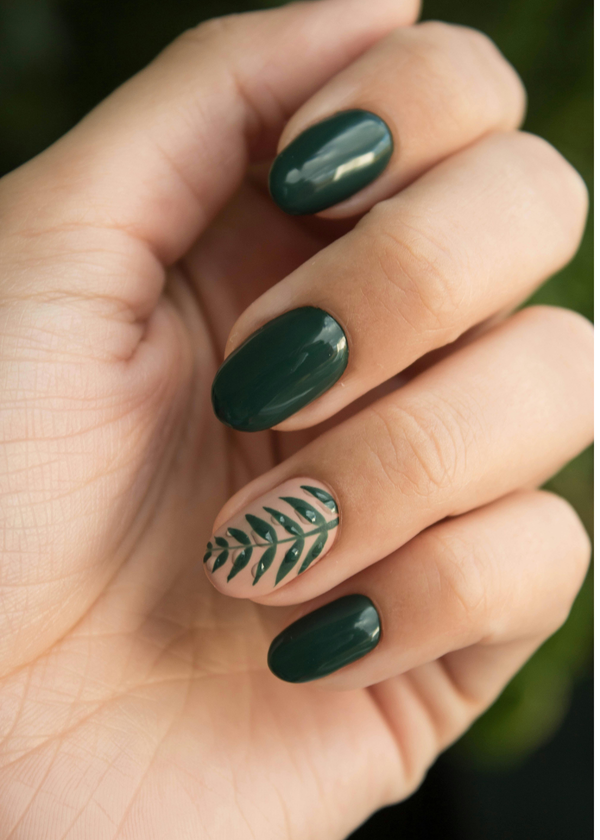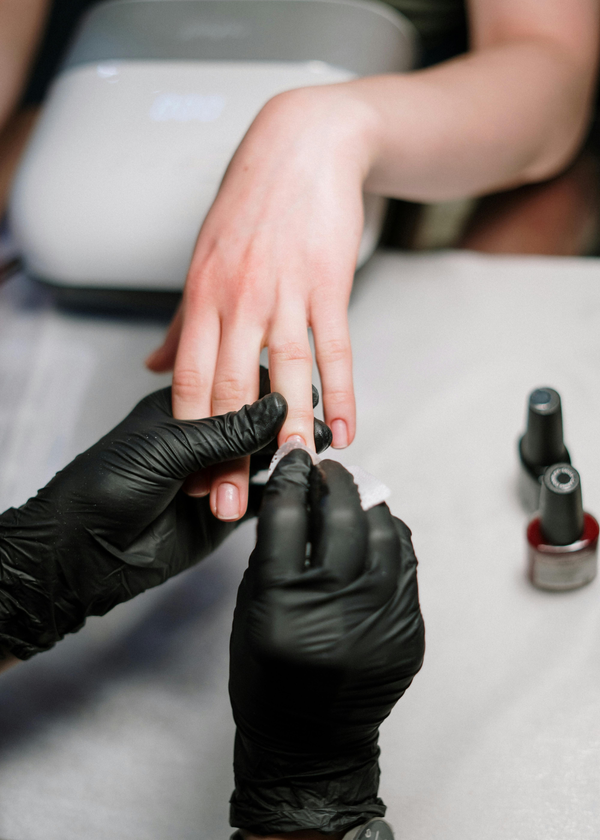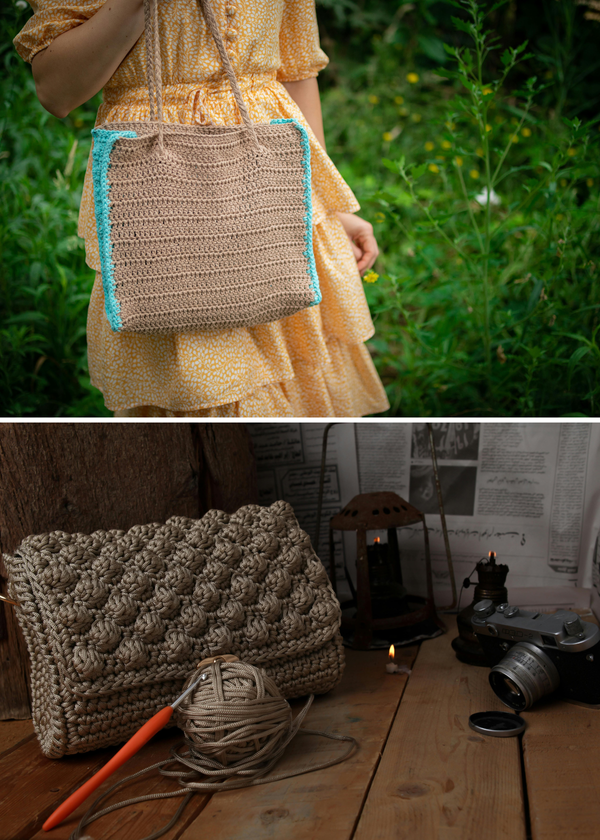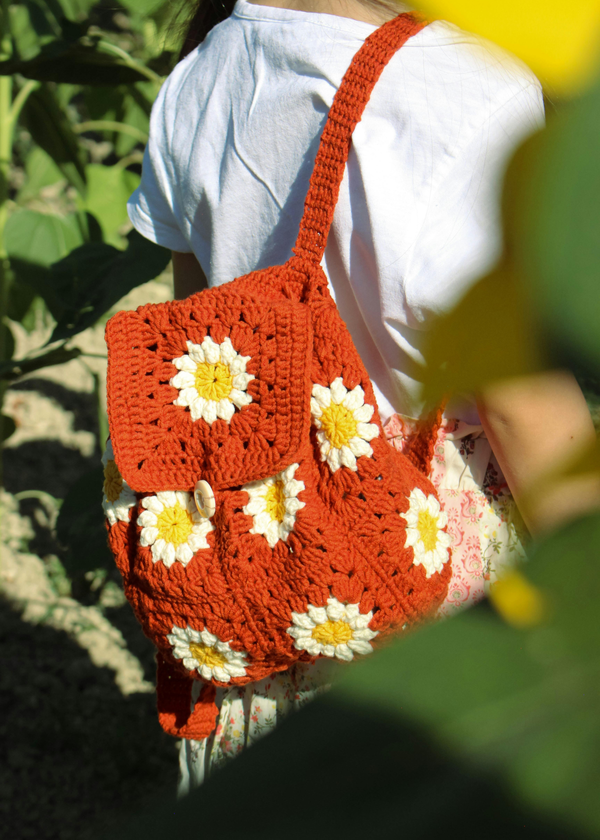Tallow, traditionally known as rendered fat from beef or mutton, has been a staple in skincare routines for centuries.
With the resurgence of natural and sustainable skincare options, tallow has once again found its place in the spotlight. But as with any skincare product, the question arises: can you put too much tallow on your skin?
This article delves into the world of tallow for skin, exploring its benefits, potential drawbacks, and how to use it effectively.
The Basics of Tallow for Skin Health
Tallow is rich in fat-soluble vitamins, such as vitamin D, vitamin E, and essential fatty acids, which are known to nourish the skin. The composition of beef tallow closely resembles the lipids found in human skin, making it a great moisturizer that can enhance the skin barrier. Grass-fed tallow, in particular, is prized for its higher content of conjugated linoleic acid, an anti-inflammatory compound that can benefit acne-prone skin.
The Role of Essential Fatty Acids in Tallow
Essential fatty acids in tallow, such as stearic acid and palmitic acid, play a crucial role in maintaining healthy skin. These fatty acids help to replenish the skin's natural oils, providing intense moisture without clogging pores. However, it's important to note that while tallow can be beneficial, using it in excess can lead to issues for those with oily skin or sensitive skin.
Tallow vs. Plant-Based Oils
When comparing tallow to plant-based oils like olive oil or coconut oil, it's important to consider their different properties. Plant-based oils often contain polyunsaturated fatty acids, which can be less stable and more prone to oxidation than the saturated fats found in tallow. This stability gives tallow a long shelf life and makes it a reliable option for those seeking a natural skincare routine.
Can Overuse of Tallow Harm Your Skin?
Applying too much tallow can lead to an imbalance in the skin's natural oils, potentially causing the skin to overproduce oil or exacerbate acne. It's essential to find just the right amount that works for your skin type, whether you have dry skin, oily skin, or are somewhere in between.
Recognizing the Signs of Excessive Tallow Use
If you notice your skin becoming excessively oily, developing new acne, or feeling heavy and greasy, you may be using too much tallow. These signs indicate that it's time to cut back on the amount of tallow you're applying and reassess your skincare routine.
The Benefits of Grass-Fed Tallow
Grass-fed tallow is superior to tallow from grain-fed animals due to its nutrient profile. It contains more beneficial compounds like conjugated linoleic acid and a better ratio of omega-3 to omega-6 fatty acids, which are crucial for maintaining healthy skin.
Tallow and the Risk of Mad Cow Disease
Some may worry about the risk of diseases like mad cow disease when using animal products on their skin. However, the rendering process used to make tallow eliminates this risk, making tallow skin care products safe for use.
How to Make Your Own Tallow Balm
Creating your own tallow balm can be so much fun and allows you to control the ingredients. By combining rendered fat with essential oils, you can create a tallow balm that suits your skin's needs and preferences, without the beefy smell often associated with tallow.
Tallow in the Modern Skincare Routine
Incorporating tallow into your skincare routine can be as simple as using it in place of your regular hand cream or lip balm. Tallow products are versatile and can be used for a variety of skin types, offering benefits like intense moisture and long shelf life.
The Importance of Source: Grass-Fed vs. Factory Farmed
The source of your tallow matters. Tallow from grass-fed cows is generally considered the best moisturizer due to its nutrient density, while tallow from factory-farmed animals may lack some of these nutrients and can be less beneficial for your skin.
Tallow and Acne: A Surprising Ally for Acne-Prone Skin Have you ever considered slathering beef fat on your face, especially if you're battling acne? It might sound counterintuitive, but grass-fed tallow could be a surprising ally for acne-prone skin. Rich in fat-soluble vitamins and anti-inflammatory properties, tallow from grass-fed cows is thought to be closer in composition to the oils our skin naturally produces.
Unlike some plant-based oils that can clog pores, high-quality tallow provides the right balance of nutrients without leaving a greasy residue that could exacerbate acne issues.
Moreover, the oleic acid in grass-fed tallow is known for its ability to nourish the skin deeply, potentially aiding in the healing process of acne scars. Tallow based products, when combined with non-comedogenic essential oils, can create a potent skincare remedy that targets acne without stripping the skin of its natural oils. This approach to managing acne with animal fats may seem unconventional, but it's grounded in the understanding that healthy fat can support the skin's barrier, keeping out irritants that might otherwise cause flare-ups and helping to slough away dead skin cells that can clog pores.
The Nutritional Profile of Tallow: Why Fat-Soluble Vitamins Matter When it comes to skincare, the nutritional content of the products we use is paramount. Grass-fed tallow stands out because it's packed with fat-soluble vitamins like A, D, E, and K, which are crucial for skin health. These vitamins play a significant role in skin repair, elasticity, and even protection against UV rays. Fat-soluble vitamins are known to be more potent and longer-lasting in their effects, making tallow an excellent ingredient for long-term skin nourishment.
But why grass-fed tallow specifically? The difference lies in the diet of the cows. Grass-fed cows, as opposed to grain-fed animals, typically have a higher content of these beneficial nutrients in their fat. This means that tallow derived from grass-fed cows can offer a more concentrated dose of these essential vitamins compared to their grain-fed counterparts. Additionally, the presence of healthy fats like oleic acid and alpha-linoleic acid in tallow supports the absorption of these vitamins, ensuring that your skin reaps the full benefits of this traditional, yet effective, skincare ingredient.
Tallow for Different Skin Types
Tallow can be suitable for various skin types, but it's important to adjust the amount used based on your skin's needs. For dry skin, tallow can provide much-needed moisture, while those with oily or acne-prone skin should use it sparingly to avoid clogging pores.
Tallow and Its Anti-Inflammatory Properties
The anti-inflammatory properties of tallow, particularly from grass-fed sources, can help soothe skin conditions like eczema or psoriasis. Its natural ingredients can provide relief without the harsh chemicals found in some skincare products.
Tallow vs. Other Moisturizers
When compared to other moisturizers like shea butter or mutton tallow, beef tallow stands out for its compatibility with human skin. Its unique fatty acid profile makes it a great option for those looking for a natural and effective moisturizer.
The Rendering Process: How Tallow is Made
Understanding the rendering process is key to appreciating the quality of tallow. This process involves melting down beef fat and removing impurities, resulting in a pure and stable product that can be used in tallow-based products.
Tallow and Stretch Marks: A Natural Solution
Tallow has been touted as a natural remedy for stretch marks due to its rich content of fat-soluble vitamins and other nutrients. Regular application can help improve skin elasticity and reduce the appearance of stretch marks over time.
How to Apply Tallow for Optimal Skin Health
To apply tallow effectively, start with a small amount and increase as needed. It's best to use tallow after a shower when your skin is still slightly damp to help lock in moisture. Remember, a little goes a long way!
Tallow Skincare: Beyond Just Moisturizing
Tallow skincare extends beyond just moisturizing. It can be used in tallow-based products like soaps, creams, and balms, providing a range of benefits from cleansing to repairing the skin barrier.
The Shelf Life of Tallow Products
One of the advantages of tallow products is their long shelf life. Unlike some plant-based oils that can go rancid quickly, tallow remains stable for an extended period, making it a practical choice for those looking to minimize waste.
Tallow and Sensitive Skin: A Gentle Option
For those with sensitive skin, tallow can be a gentle alternative to other skincare products that may contain irritants. Its natural composition is less likely to cause reactions, making it a safe choice for delicate skin.
The Versatility of Tallow in Skincare
Tallow's versatility is one of its greatest strengths. It can be used in various forms, from pure tallow to tallow skincare products infused with essential oils, catering to different preferences and skin concerns.
Tallow: The Sustainable Skincare Choice
Choosing tallow for skin care is not only beneficial for your skin but also for the environment. As a byproduct of the meat industry, using tallow helps reduce waste and supports a more sustainable approach to skincare.
FAQs
Q: Can using too much tallow cause acne?
A: Yes, using too much tallow, especially on acne-prone or oily skin, can lead to clogged pores and potentially cause acne. It's important to use tallow sparingly and find the right balance for your skin type.
Q: Is tallow suitable for all skin types?
A: Tallow can be suitable for all skin types, but the amount used should be adjusted based on individual skin needs. Those with dry skin may benefit from more tallow, while those with oily skin should use it more sparingly.
Q: How do I know if I'm using too much tallow on my skin?
A: Signs that you may be using too much tallow include your skin feeling greasy, heavy, or developing new acne. If you experience these symptoms, reduce the amount of tallow you're applying.
Summary
Tallow has made a comeback in the skincare world, revered for its compatibility with human skin and its rich nutrient profile. While it offers numerous benefits for skin health, it's important to use tallow in moderation to avoid potential issues like clogged pores or oily skin.
Grass-fed tallow, in particular, is a superior choice due to its higher content of beneficial compounds. By recognizing the signs of overuse and understanding how to incorporate tallow into your skincare routine, you can enjoy the natural advantages of this traditional moisturizer.








